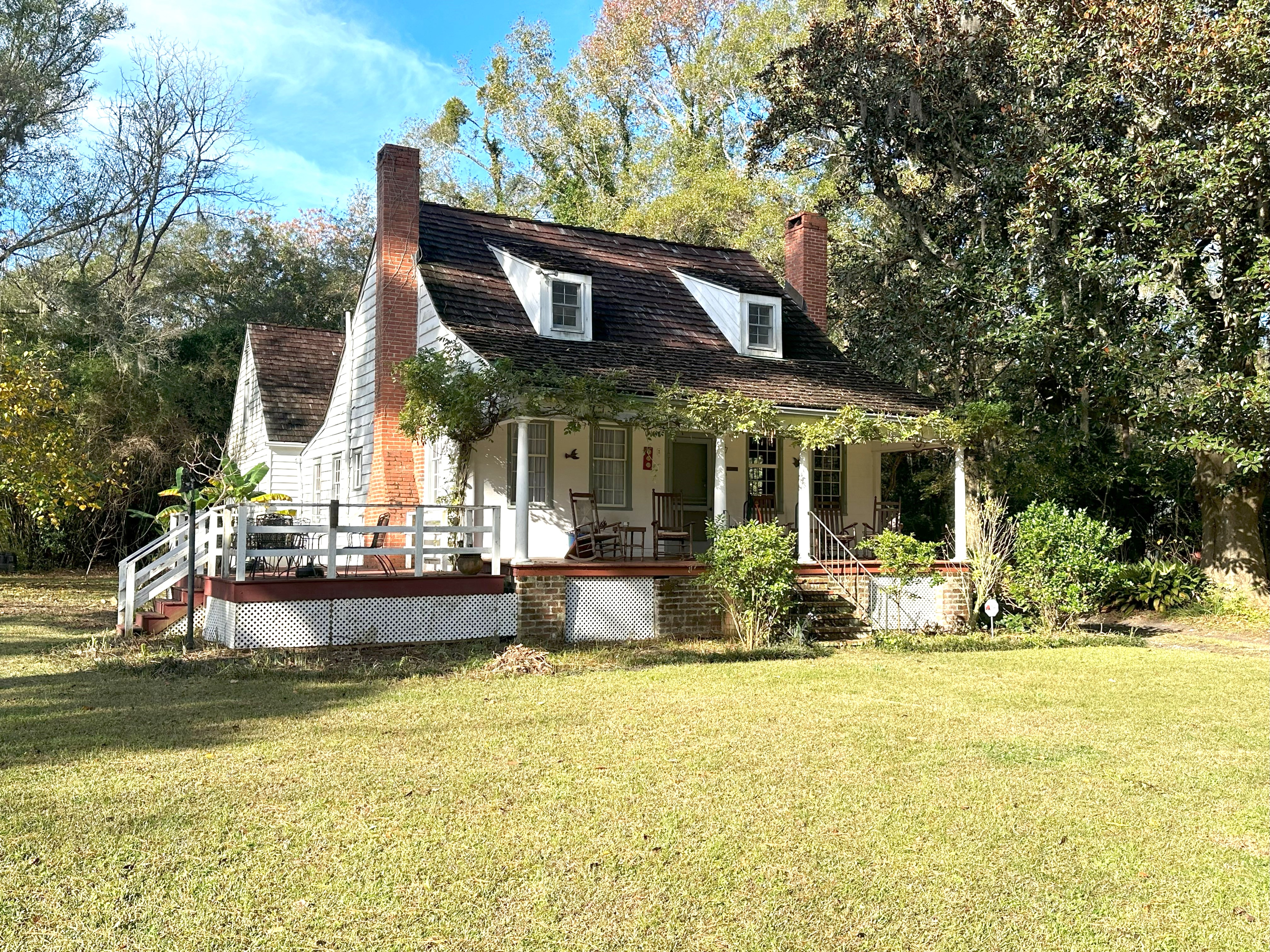The Jacob Fox Gould House

➤ The Jacob Fox Gould House, 1253 Little Neck Road, is a circa 1830 Tidewater South Raised Cottage and is exemplary of a hall-parlor, timber-framed, one and a half story house in the Georgian Style.
The building scale, decoration, and plan of the house fits the pattern of an early nineteenth century plantation common in coastal and rural areas of Georgia. The house was likely constructed by slave labor from the enslaved population on the plantation. Jacob Fox Gould and his wife, Ann Davies Gould, lived in the home, and it would stay in the family for several generations. The Goulds were part of the founding of the Bethel Community, donating land and helping to establish the Bethel Baptist Church and cemetery. The house remains a private residence and was designated as a Chatham County Historic Site in July 2024.
Read More